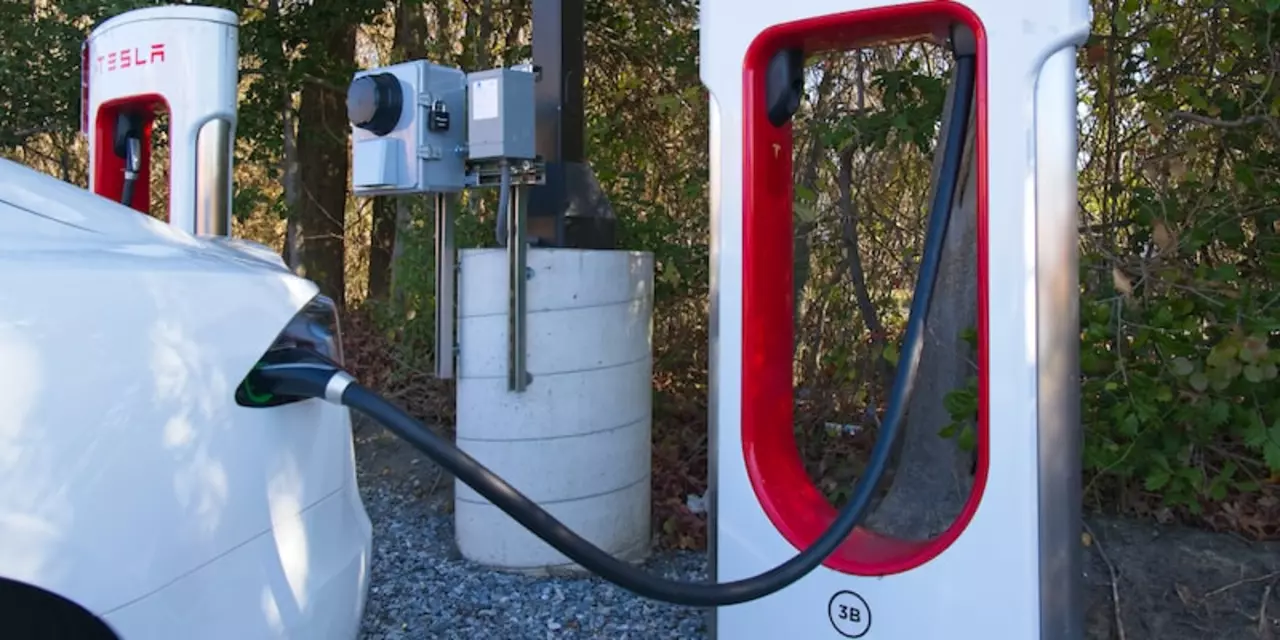Qualification in Motorsports: Your Roadmap to a Racing License
If you’ve ever dreamed of hearing the roar of an engine and feeling the G‑force on a track, the first thing you need is a proper qualification. Without a license, you can’t enter most events, and you’ll miss out on the chance to prove yourself. The good news? Getting qualified isn’t as mysterious as it sounds. Below is a step‑by‑step guide that works for anyone, whether you’re on a shoestring budget or aiming for the pro leagues.
Start with the Basics: Entry‑Level Licenses
Every country has a governing body that issues racing licenses – the FIA in Europe, the SCCA in the US, and the MSA (now Motorsport UK) in the UK. The entry‑level license, often called a “Club” or “National” licence, usually requires:
- A short driving test on a closed circuit (often 2‑3 laps).
- Proof of a valid road driver’s licence.
- Basic first‑aid knowledge – many clubs run a half‑day course for this.
- Payment of a modest fee (typically £80‑£150).
Most clubs let you practice the test in a school‑owned car, so you don’t need to own a race‑ready machine yet. This keeps costs low and gives you a feel for track dynamics.
Build Experience Without Breaking the Bank
Once you have the entry licence, look for local club nights or “track days.” These events let you drive your own car (or a club‑rented one) around a circuit in a controlled environment. Here’s how to make the most of them:
- Bring a friend who already races – the learning curve drops dramatically when you have a mentor.
- Take notes on braking points, corner entry speeds, and how the car feels. The more detail you capture, the faster you improve.
- Stay consistent. Instead of pushing for the fastest lap every time, focus on hitting the same braking marker lap after lap. Consistency is a key metric for race officials when you apply for higher licences.
If money is tight, many clubs run “pay‑what‑you‑can” sessions or offer scholarship spots for promising drivers. Reach out to your local motorsport association and ask – they often have hidden programs for newcomers.
When you feel comfortable with the basics, it’s time to level up. The next step is a “National B” or “Grade C” licence, which unlocks entry to regional championships. Requirements jump a bit: you’ll need a set number of logged track hours (usually 10‑15) and a completed advanced driver‑skill test. Some clubs even let you earn these hours by volunteering – working as a marshaler or pit crew adds valuable track time without buying extra seats.
Finally, if your goal is a professional career, aim for the FIA “International” licence. This is the golden ticket for events like the British Touring Car Championship or even MotoGP’s support series. The pathway includes:
- At least 30 hours of competition on recognized circuits.
- A medical examination by an FIA‑approved doctor.
- Two finished races in a recognized national series.
- Payment of a higher fee (often over £500).
It sounds daunting, but remember each step builds on the one before. By treating every club night as a mini‑training session, you’ll rack up the hours without feeling like you’re grinding.
In short, qualification is a series of small, manageable milestones. Start with the entry licence, use club events to gather experience, and progressively chase higher grades as your skills and budget allow. The roadmap is clear – you just need to take the first turn.
Posted By Caspian Beaumont On 17 Feb 2023 Comments (0)
Why is Indy 500 qualification in terms of speed and not in time?
Indy 500 qualification is not based on the amount of time it takes to complete a lap of the track, but rather on the speed at which the lap is completed. This is due to the fact that the track layout for the Indy 500 is designed to be a 'high speed' track, with long straights and tight corners. Qualification times are determined by the speed at which the lap is completed, rather than the amount of time it takes to complete the lap. This ensures that the fastest drivers qualify for the race, and that the competition is as fair as possible. The Indy 500 is the most prestigious race in the world, and qualification requirements are stringent in order to ensure that only the best drivers make it to the start line.
READ MORE